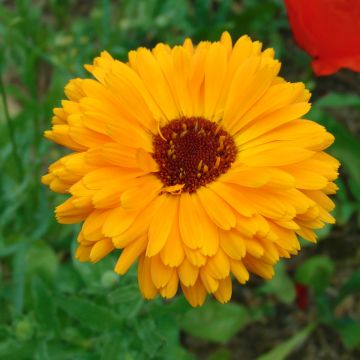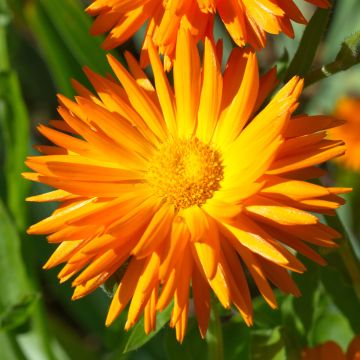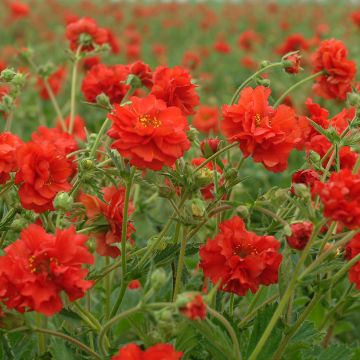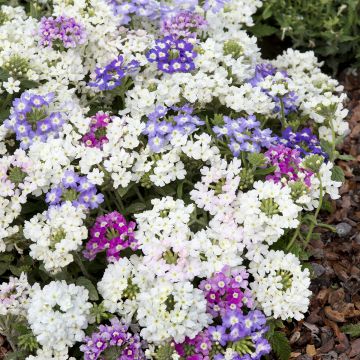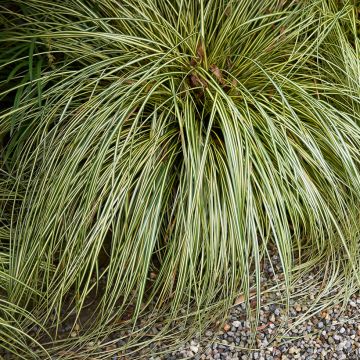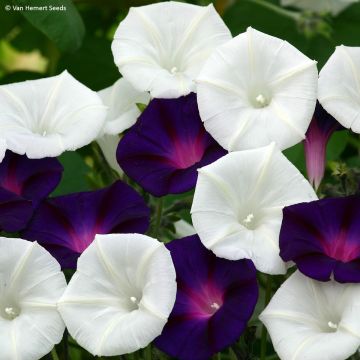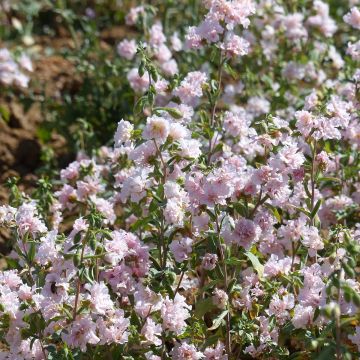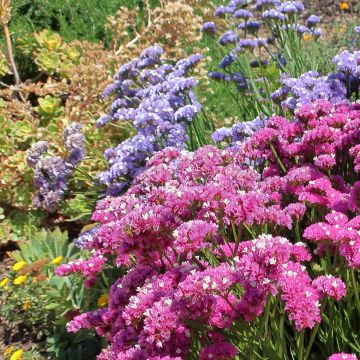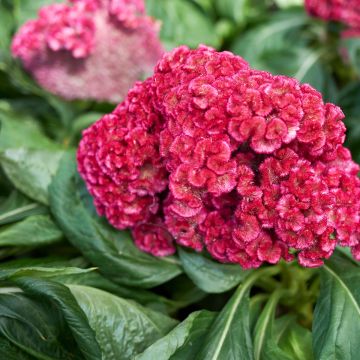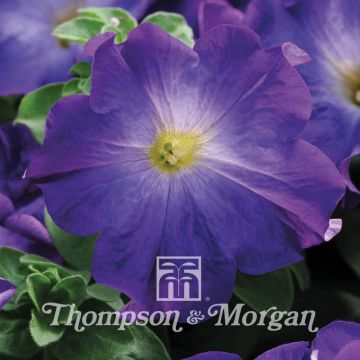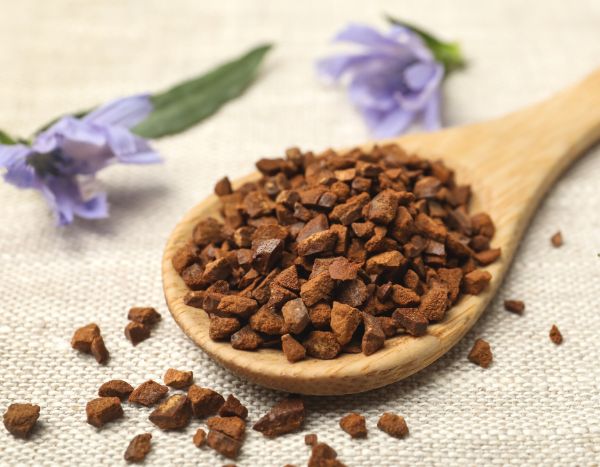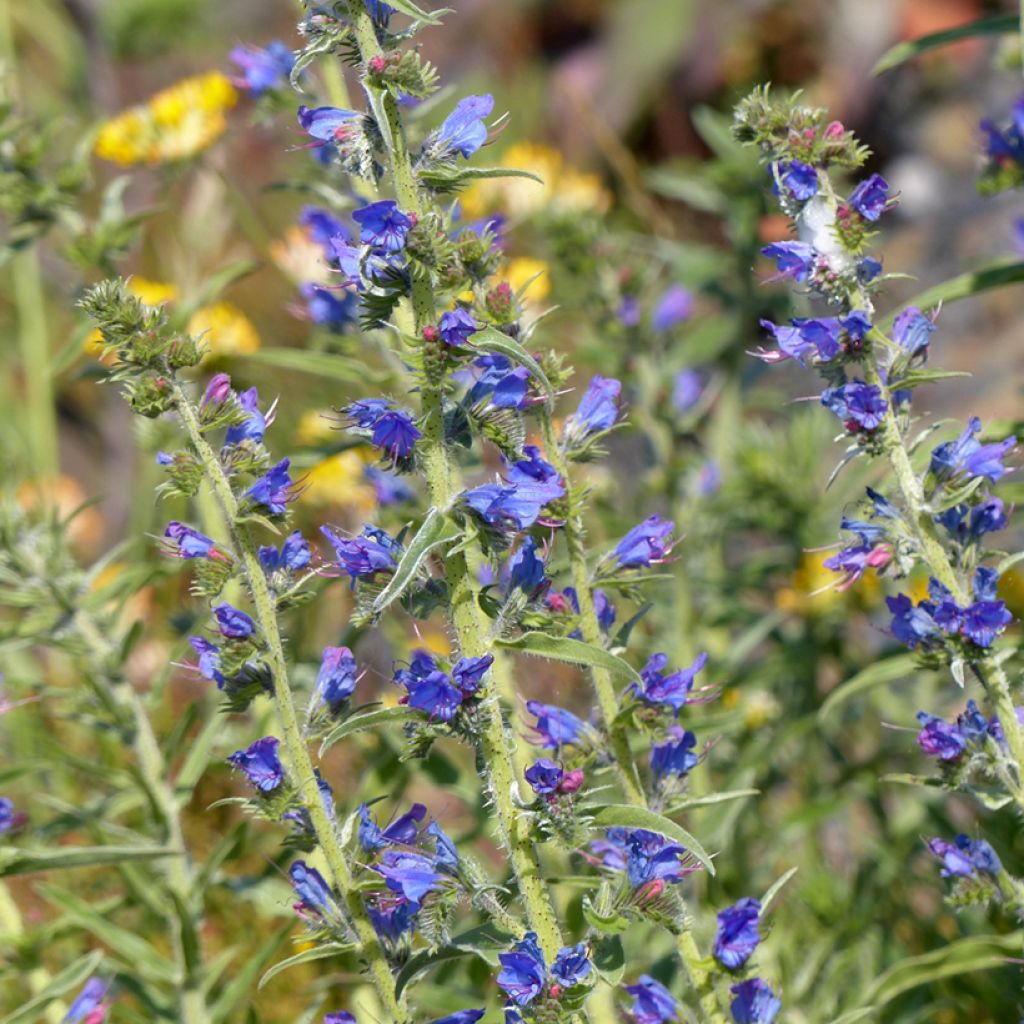

Echium vulgare
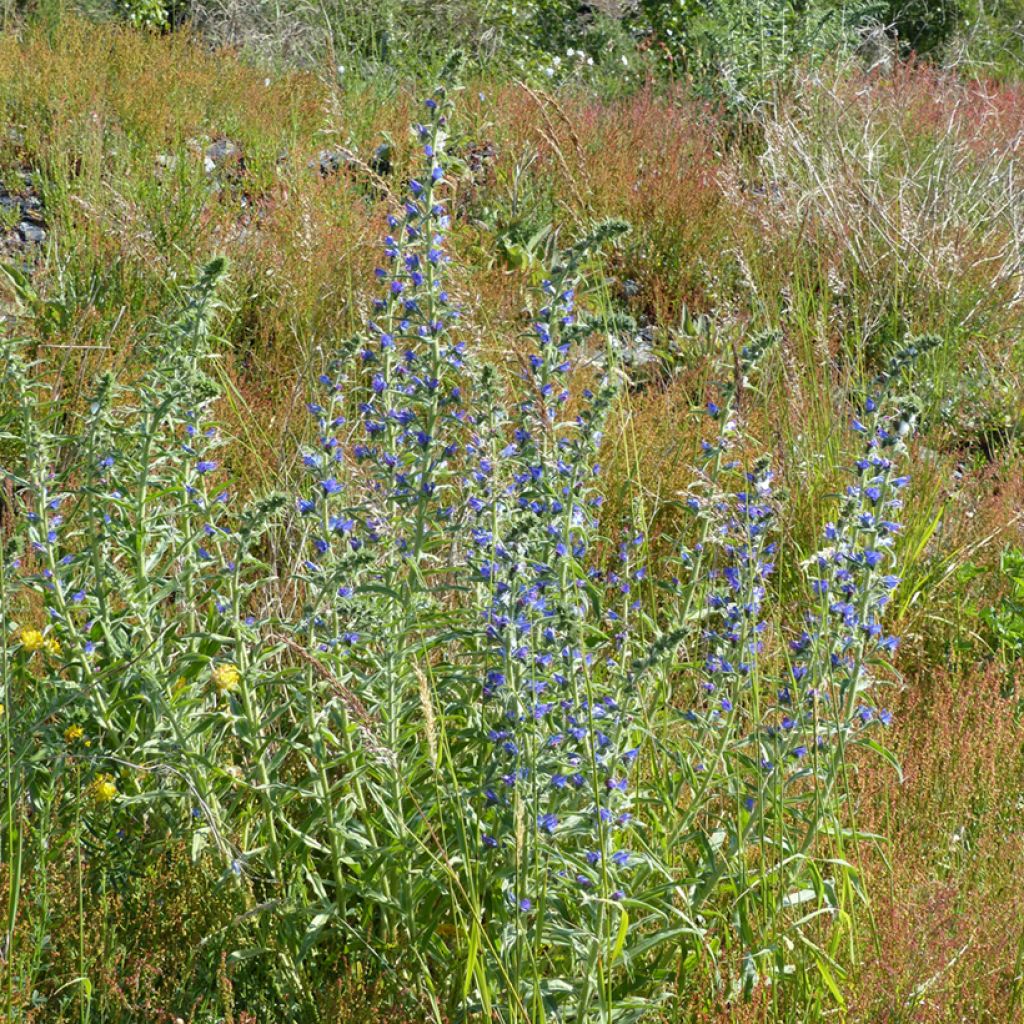

Echium vulgare
Echium vulgare
Echium vulgare
Viper's Bugloss, Blueweed
Very good germination, they bloom profusely and for a long time. They like sun and not too much water. Very beautiful flower in groups or in the middle of a flowering meadow.
Christiane, 06/10/2025
Special offer!
Receive a €20 voucher for any order over €90 (excluding delivery costs, credit notes, and plastic-free options)!
1- Add your favorite plants to your cart.
2- Once you have reached €90, confirm your order (you can even choose the delivery date!).
3- As soon as your order is shipped, you will receive an email containing your voucher code, valid for 3 months (90 days).
Your voucher is unique and can only be used once, for any order with a minimum value of €20, excluding delivery costs.
Can be combined with other current offers, non-divisible and non-refundable.
Home or relay delivery (depending on size and destination)
Schedule delivery date,
and select date in basket
This plant carries a 6 months recovery warranty
More information
We guarantee the quality of our plants for a full growing cycle, and will replace at our expense any plant that fails to recover under normal climatic and planting conditions.
Does this plant fit my garden?
Set up your Plantfit profile →
Description
Echium vulgare, commonly known as Viper's Bugloss or sometimes Blueweed, is a biennial plant in our flora appreciated for the beauty of its flowering as well as its qualities as a nectar-bearing and honey-bearing plant. Spontaneous in dry, even rocky and poor soils, it blooms in summer along roadsides and in arid places, in full sun. Its floral spikes, quite spectacular, are adorned with tiny flowers of changing colours, in shades of pink, blue, and purple with a vibrant hue. The plant, entirely covered with fine spines, first produces a rosette of leaves before flowering in the second year. The Viper's Bugloss finds its place and self-seeds spontaneously in embankments, rockeries, borders, and natural-inspired flower beds.
Echium vulgare is native to warm and dry regions of Europe, Asia, and North Africa. This plant, belonging to the borage family, forms a modest rosette close to the ground in the first year, composed of elongated leaves, 10 to 15cm (4 to 6in) long, green, dotted with light green and covered with very fine spines, surrounding a dormant bud. This vegetation persists in winter. In the following spring, the rosette expands. Depending on the climate, flowering may only occur after 3 years. In the southern half of our country, the plant usually blooms in the second year, as early as late spring. Flowering occurs from June to August, in the form of branched spikes visible from afar, reaching a height of 40-50cm (16-20in). They are adorned with fine and formidable, transparent spines that easily penetrate the skin and remain attached to it. It is impossible not to notice them, even when surrounded by greenery or dried foliage. This is probably due to the fact that pink buds coexist with fully bloomed flowers of vibrant blue, themselves alongside the purple of faded flowers. This plant self-seeds abundantly in light and rather dry soil. In Europe, Viper's Bugloss feeds the caterpillar of the moth called Ethmia bipunctella.
The Viper's Bugloss can be sown in rockeries, borders, at the front of flower beds, and in flower meadows, in well-drained soil, especially in arid areas in summer. It can be associated in natural areas with Love-in-a-Mist, Perennial Flax, Ammi, Sainfoin, Alfalfa, Corniculate Bird's-foot Trefoil, Phacelia, and Tuberous Vetchling. This plant is remarkably honey-bearing and has the ability to continuously produce nectar, thus providing this precious source of food to pollinating insects for long weeks. The honey of bees that have fed on Echium has sought-after qualities: a beautiful amber color, a low tendency to crystallize, a sweet and floral fragrance.
Report an error about the product description
Echium vulgare in pictures


Flowering
Foliage
Plant habit
Botanical data
Echium
vulgare
Boraginaceae
Viper's Bugloss, Blueweed
Western Europe
Other Thompson and Morgan seeds
View all →Planting and care
Direct sowing in the field, in spring or late summer/early autumn.
Optimal temperature for germination: 15-18°C. Sow at a depth of 6mm (0in), in March - April or in September-October. The seeds should be sown directly in place, in well-prepared and refined soil, in full sun.
Thin out the sowing to keep only one plant every 30cm (12in).
The common viper's bugloss self-seeds abundantly in the garden where it likes. Remove misplaced young plants. It is a hardy plant and perfectly resistant to dry, even arid summers. It appreciates limestone soil.
Sowing period
Intended location
Planting & care advice
-
, onOrder confirmed
Reply from on Promesse de fleurs
Haven't found what you were looking for?
Hardiness is the lowest winter temperature a plant can endure without suffering serious damage or even dying. However, hardiness is affected by location (a sheltered area, such as a patio), protection (winter cover) and soil type (hardiness is improved by well-drained soil).

Photo Sharing Terms & Conditions
In order to encourage gardeners to interact and share their experiences, Promesse de fleurs offers various media enabling content to be uploaded onto its Site - in particular via the ‘Photo sharing’ module.
The User agrees to refrain from:
- Posting any content that is illegal, prejudicial, insulting, racist, inciteful to hatred, revisionist, contrary to public decency, that infringes on privacy or on the privacy rights of third parties, in particular the publicity rights of persons and goods, intellectual property rights, or the right to privacy.
- Submitting content on behalf of a third party;
- Impersonate the identity of a third party and/or publish any personal information about a third party;
In general, the User undertakes to refrain from any unethical behaviour.
All Content (in particular text, comments, files, images, photos, videos, creative works, etc.), which may be subject to property or intellectual property rights, image or other private rights, shall remain the property of the User, subject to the limited rights granted by the terms of the licence granted by Promesse de fleurs as stated below. Users are at liberty to publish or not to publish such Content on the Site, notably via the ‘Photo Sharing’ facility, and accept that this Content shall be made public and freely accessible, notably on the Internet.
Users further acknowledge, undertake to have ,and guarantee that they hold all necessary rights and permissions to publish such material on the Site, in particular with regard to the legislation in force pertaining to any privacy, property, intellectual property, image, or contractual rights, or rights of any other nature. By publishing such Content on the Site, Users acknowledge accepting full liability as publishers of the Content within the meaning of the law, and grant Promesse de fleurs, free of charge, an inclusive, worldwide licence for the said Content for the entire duration of its publication, including all reproduction, representation, up/downloading, displaying, performing, transmission, and storage rights.
Users also grant permission for their name to be linked to the Content and accept that this link may not always be made available.
By engaging in posting material, Users consent to their Content becoming automatically accessible on the Internet, in particular on other sites and/or blogs and/or web pages of the Promesse de fleurs site, including in particular social pages and the Promesse de fleurs catalogue.
Users may secure the removal of entrusted content free of charge by issuing a simple request via our contact form.
The flowering period indicated on our website applies to countries and regions located in USDA zone 8 (France, the United Kingdom, Ireland, the Netherlands, etc.)
It will vary according to where you live:
- In zones 9 to 10 (Italy, Spain, Greece, etc.), flowering will occur about 2 to 4 weeks earlier.
- In zones 6 to 7 (Germany, Poland, Slovenia, and lower mountainous regions), flowering will be delayed by 2 to 3 weeks.
- In zone 5 (Central Europe, Scandinavia), blooming will be delayed by 3 to 5 weeks.
In temperate climates, pruning of spring-flowering shrubs (forsythia, spireas, etc.) should be done just after flowering.
Pruning of summer-flowering shrubs (Indian Lilac, Perovskia, etc.) can be done in winter or spring.
In cold regions as well as with frost-sensitive plants, avoid pruning too early when severe frosts may still occur.
The planting period indicated on our website applies to countries and regions located in USDA zone 8 (France, United Kingdom, Ireland, Netherlands).
It will vary according to where you live:
- In Mediterranean zones (Marseille, Madrid, Milan, etc.), autumn and winter are the best planting periods.
- In continental zones (Strasbourg, Munich, Vienna, etc.), delay planting by 2 to 3 weeks in spring and bring it forward by 2 to 4 weeks in autumn.
- In mountainous regions (the Alps, Pyrenees, Carpathians, etc.), it is best to plant in late spring (May-June) or late summer (August-September).
The harvesting period indicated on our website applies to countries and regions in USDA zone 8 (France, England, Ireland, the Netherlands).
In colder areas (Scandinavia, Poland, Austria...) fruit and vegetable harvests are likely to be delayed by 3-4 weeks.
In warmer areas (Italy, Spain, Greece, etc.), harvesting will probably take place earlier, depending on weather conditions.
The sowing periods indicated on our website apply to countries and regions within USDA Zone 8 (France, UK, Ireland, Netherlands).
In colder areas (Scandinavia, Poland, Austria...), delay any outdoor sowing by 3-4 weeks, or sow under glass.
In warmer climes (Italy, Spain, Greece, etc.), bring outdoor sowing forward by a few weeks.






























